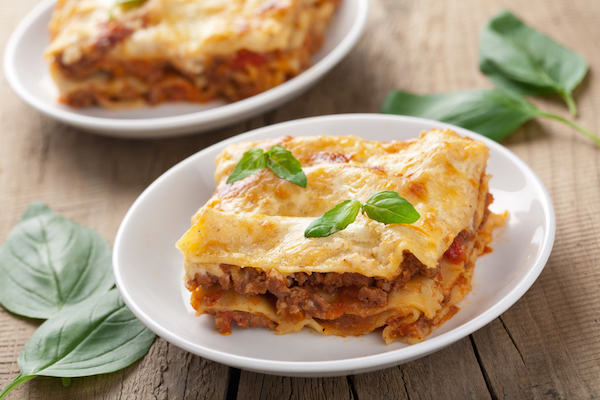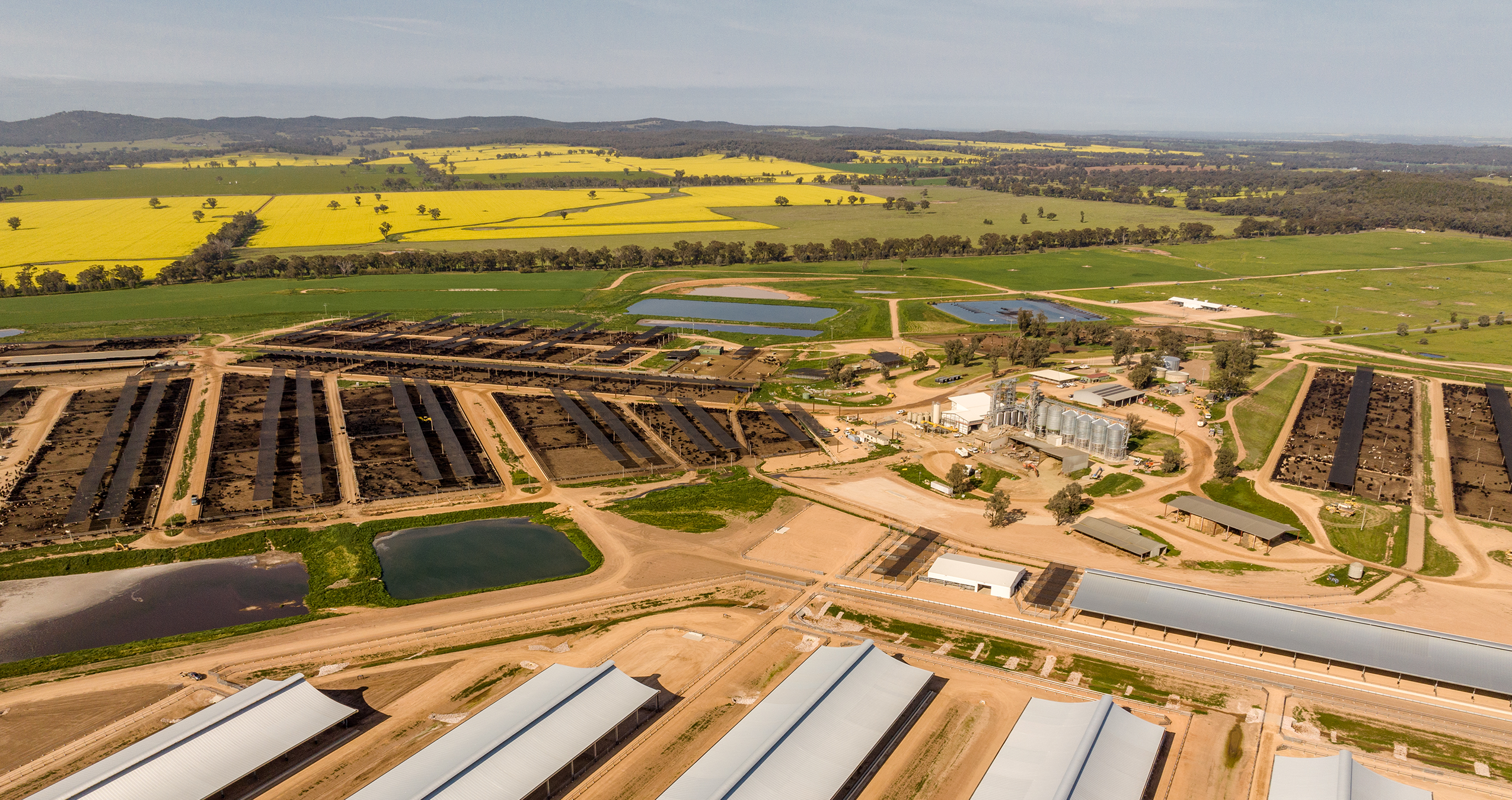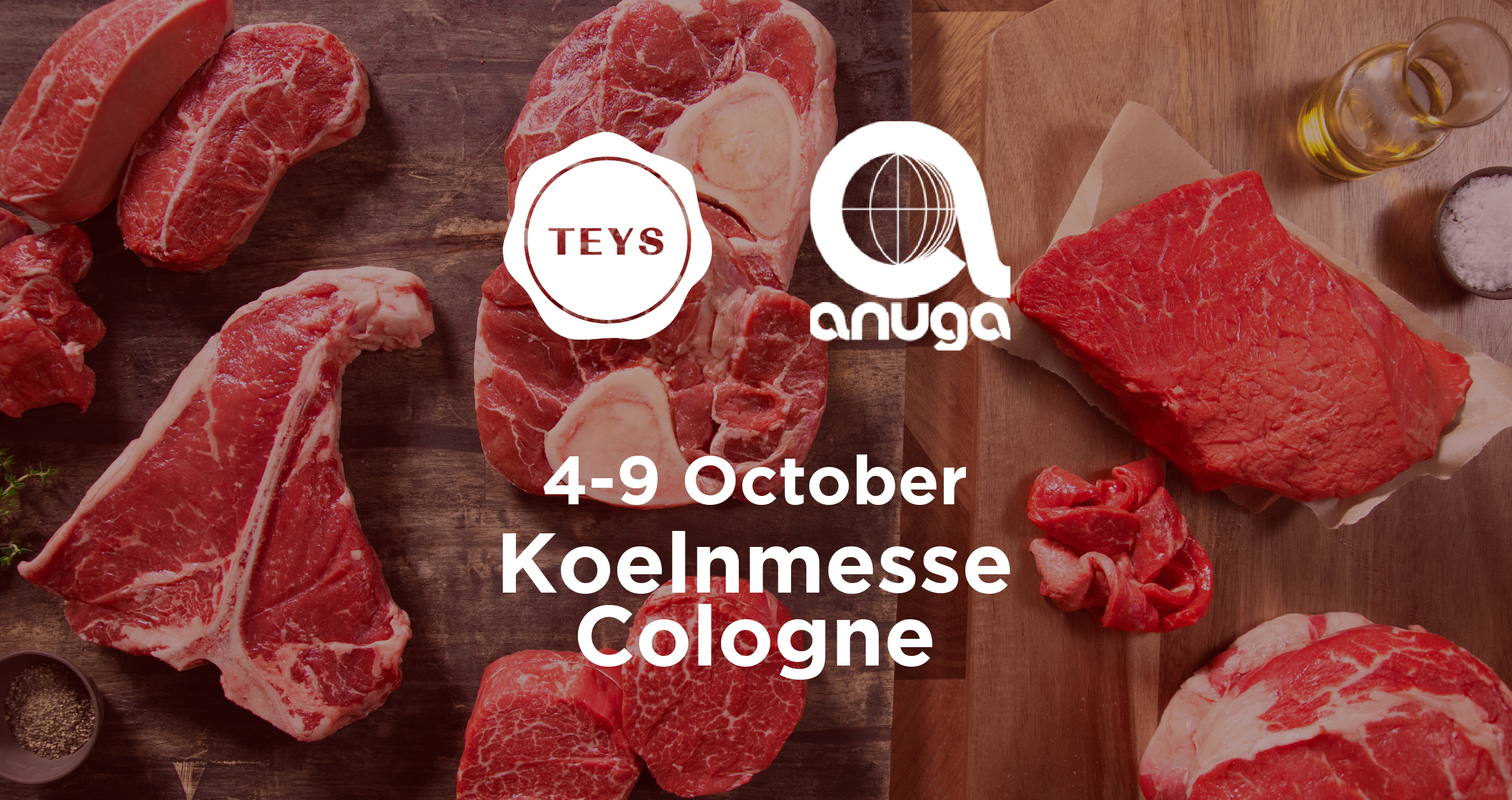
The Benefits of GYO (Grind Your Own) Beef
All you need to make your own minced beef is a standard food processor. The benefits of grinding your own beef include:
- You can customise the mince mixture to taste, diet and desired quality
- You know exactly what is in the mince
- The mince will be much fresher than store bought mince
- Unbeatable taste
Grinding your own meat is perfect if you are watching your weight or if you like to experiment with different cuts of beef, beef blends and mince flavourings. Whether you are making lasagne, spaghetti bolognese, meatballs or burgers, we guarantee your home-ground mince will impress.
Which Cuts Should You Use?
This will depend on the flavour and fat content you would like your mince to have. If you want the classic 80/20 ratio of meat to fat, shoulder cuts are optimal. For a richer 75/25 blend, you can use a mix of fattier cuts like brisket, shank, short ribs or well-marbled steak cuts. If you want really lean beef (a 90/10 blend), you can use eye of round, sirloin tip or bottom round (don’t forget to remove external fat).
You don’t need to stick to one beef cut – in fact, blends of different cuts often produce the best results in terms of flavour. A classic blend for making hamburgers is chuck, brisket and boneless short ribs in equal proportions. For more information about beef cuts, see Beef and Lamb’s Cuts Chart.
What You Need
- 500 grams or more of beef (with at least 20% fat content if you want rich beefy flavour)
- Chef’s knife
- Parchment
- Baking sheets
- Plastic wrap
- Food processor
If you want your mince to pack a punch, why not add salt, pepper, garlic and your favourite herbs or spices when you are processing the meat?
What You Do
- Cut the meat into 2.5 cm cubes. Make sure to remove bones and tough sinew. Leave the fat intact if you want rich flavour and juicy texture.
- Partially freeze the cubes of meat and the food processor blade. To do this, line a baking sheet with parchment and add the meat in a single layer. Use two baking sheets if the meat doesn’t fit in a single layer. Put the meat and the food processor blade in the freezer. Freeze for 20-30 minutes, until the edges and corners of the meat are stiff, but the middles are still pliable. Do not freeze the meat completely.
- Remove the meat and food processor blade from the freezer. Fill the food processor with cubes of meat (no more than half full) – leave any excess meat in the freezer. Cover and pulse the meat 8 to 10 times with 1-second pulses. When done, the meat should look coarsely ground and hold together when pinched. Be careful not to over-process the meat – the aim is for finely chopped meat, not beef paste.
- Put the ground meat out onto the baking sheet. Sift through the meat with your fingers and pick out any large chunks that the blades missed. Toss these back in the food processor along with the next batch, and re-grind.
- Use or freeze the meat. If freezing, shape the meat into patties or small portions before freezing to make it easier to use in the future. For more information, see our tips for storing beef mince.
The information in this post is adapted from The Spruce and Kitchn. Let us know how your homemade beef mince turns out on our Facebook page!
 Return to News
Return to News

















